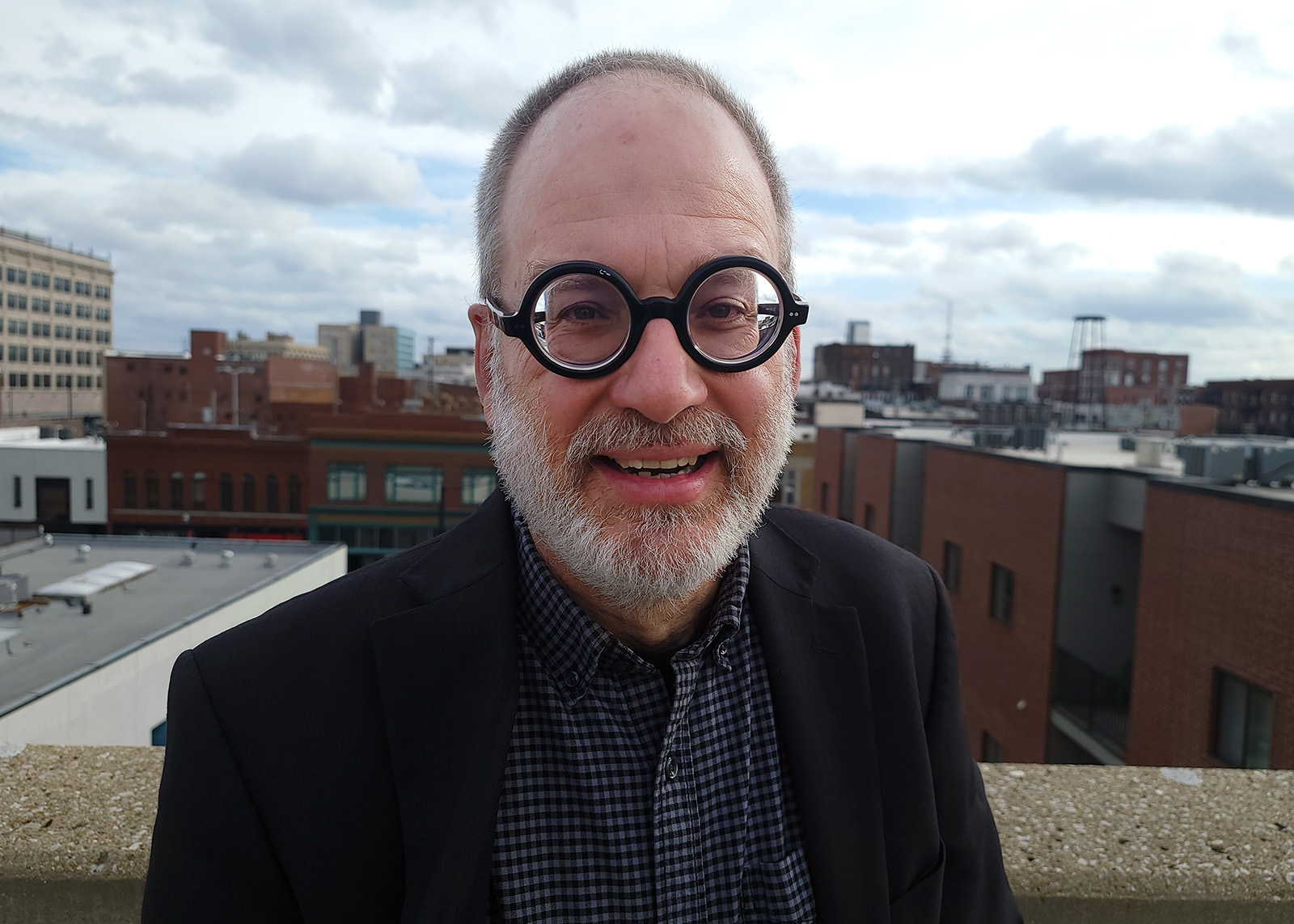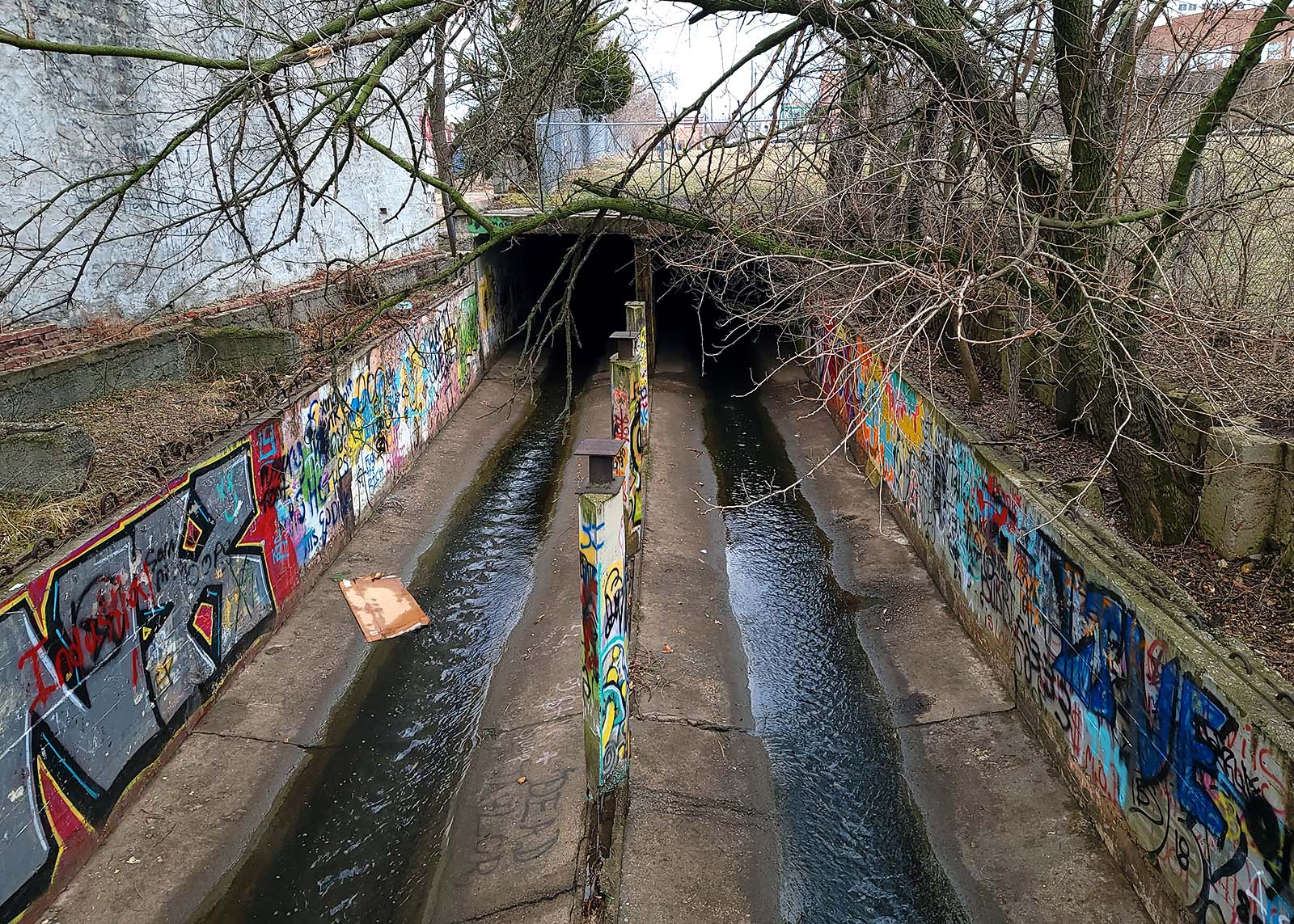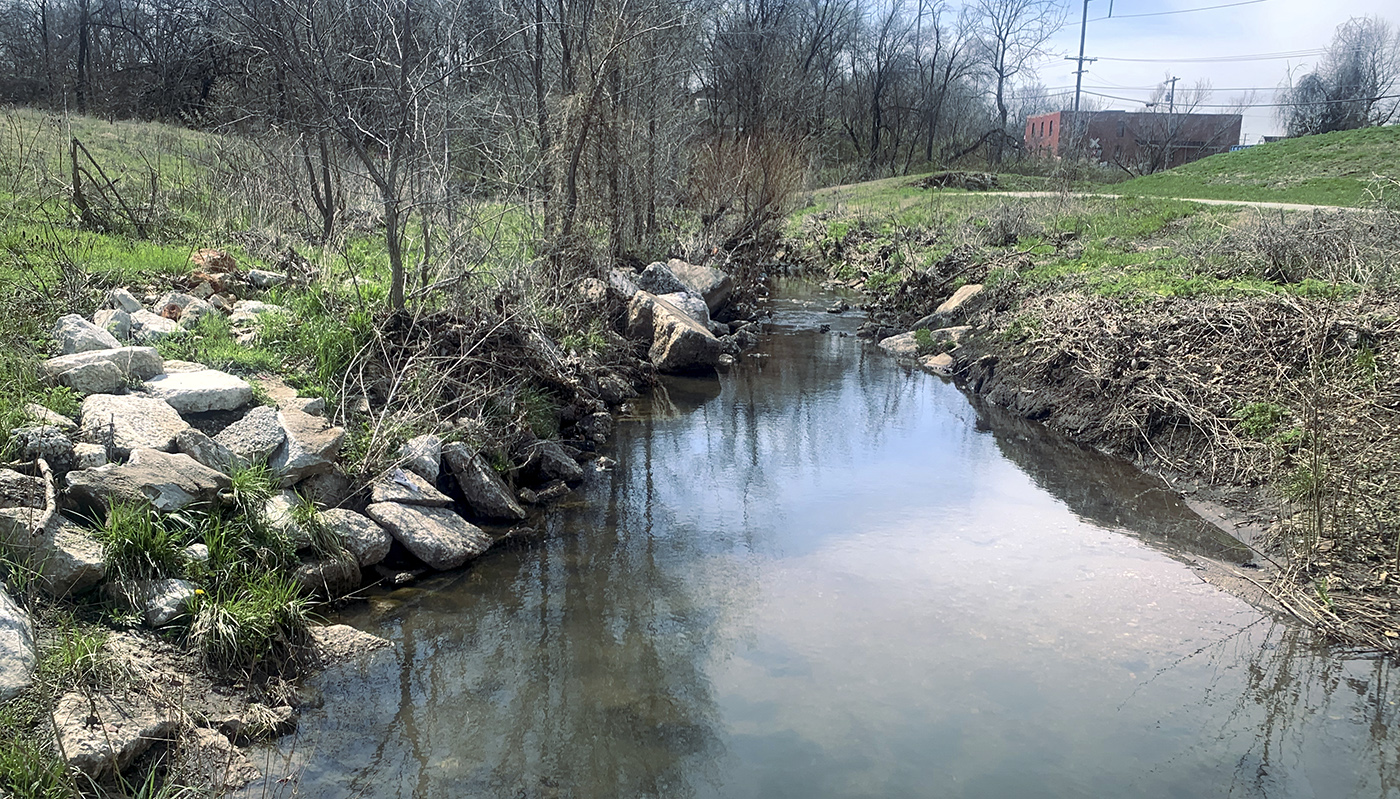Quality of place, the guiding principle of Springfield’s comprehensive plan Forward SGF, took center stage as the Springfield City Council discussed plans to revamp downtown.
July 25, Springfield Director of Quality of Place Initiatives Tim Rosenbury stressed the concept itself, which refers to “qualities of life that make a location a desirable, competitive, and economically vibrant place to live,” is not an end in itself, but a means to an end.
“There was a time when talent would follow good jobs,” Springfield City Manager Jason Gage said. “I think we’re evolving, and now you will find good jobs will follow talent. So where is talent going? I firmly believe talent is going to quality communities, and what we’re doing here is trying to create a quality community so that we can compete for talent, and that’s the secret sauce for the future.”
Quality of place is used as a component on projects that address infrastructure needs in Springfield. One of those needs is stormwater flow improvements downtown, which Renew Jordan Creek will address, in addition to the quality of place amenities the project will provide.
Quality of place a “long-game”
After years of planning, community input, budgeting and the implementation of Forward SGF, the city is eying to begin construction on the first phase of the $29.2 million project in 2024.
“Quality of place is a long game,” Rosenbury told the City Council July 25. “It requires an enormous amount of civic patience and it kind of blows my mind every now and then when I think that I’m working on projects that I may not see in my career, I may not see in my lifetime, but that’s not the point. The point is that we’re casting a vision for our community.”
Prior to shifting the focus to Renew Jordan Creek, Rosenbury outlined several other projects that are implementing quality of place initiatives, including Grant Avenue Parkway, Lake Springfield planning and renovations and improvements to the Springfield Art Museum.

“This is much more than simply building a street,” Rosenbury said about the Grant Avenue Parkway project. “In fact, what we want to do when we invest in capital projects in the city, we want that one project to solve as many problems as we can come up with.”
He said workers will plant trees along the south end of the project area in the weeks ahead as construction moves further north. This week, Rosenbury is involved in meetings with the architecture firm that was hired for the final design of the Springfield Art Museum, which boasts a new “urban-designed” parking lot.
For this particular meeting, Renew Jordan Creek served as the epitome of necessary infrastructure improvements with quality of place amenities.
Flood mitigation core goal of Renew Jordan Creek, but opportunity to promote quality of place
Kirkland Preston, an engineer from the city’s stormwater management team, and Jared Rasmussen, who leads the Olsson engineering firm’s Springfield and Joplin offices, demonstrated the benefits Renew Jordan Creek will bring to Downtown Springfield to council members.
The Olsson design team has submitted about 90 percent of the project’s plans to the city. The city hopes to start bidding the project in early 2024, and begin construction on Renew Jordan Creek by the middle of next year with an estimated completion in late 2025 or early 2026.

The main objective of the project is flood mitigation during heavy rains, but with quality of place, the city aims to make the Renew Jordan Creek project area a destination.
As a part of the project, parts of Jordan Creek that are currently underground will be “daylighted,” or unearthed. The creek will become an amenity as well as serve the broader stormwater needs for downtown.
In addition to addressing flooding issues, the project will improve water quality, promote sustainability through greenspace integration, enhance pedestrian access and greenway trail connectivity and add amenities for public activities which could contribute to the creek becoming an economic catalyst for more development.
The project is the first phase of a larger, long-term effort to reduce flooding downtown, as well as a component of the city’s approach to managing the Jordan Creek water basin. Rasmussen said that they feel confident that the creek will consistently have water flowing through it, even during dry periods.

This first phase will take place between Boonville Avenue and Main Avenue to the east and west, and railroad tracks and Water Street to the north and south, with additional phases expanding to Founders Park and property near Missouri State University’s efactory at 404 N. Jefferson Ave.
The city has acquired all the necessary property for the project area with the exception of the building at 334 N. Main Ave., the home of the Hotel of Terror. City staff remain in negotiations with owner Sterling Mathis after the City Council repealed the eminent domain ordinance it previously enacted on the property.
Hosmer encourages city to think “big,” pursue more funding

Of the $29.2 million budget — $27.4 of which has been accounted for — roughly two thirds will be spent on capital improvements and hard infrastructure. The remaining third will be spent on green infrastructure, quality of place and amenity improvements.
Gage commended city staff’s effort in acquiring a significant amount of the project’s funding through grant applications, which are slated to cover over $13.2 million of the budget. The remaining amount is being paid for through city funds and taxes, with $1.8 million still needed to fully fund the project.
The Springfield city government had to make some concessions on hardscapes and landscapes that Rosenbury emphasized haven’t been canceled, but deferred until such a time when funding becomes available.
Councilmember Craig Hosmer encouraged city staff to find a way to make that funding available sooner rather than later in championing the project that he said is the “biggest game-changing public improvement that the city’s done” in his lifetime.
“Sometimes as a city, we don’t think big, and think longer-term, because I think we’re probably going to look at this and regret some of the things that we didn’t do,” Hosmer said. “I think it’s going to be successful. I would encourage us to, if there’s things you think we need to do, think about how we do them and think about how we get the funding to do those projects, rather than trying to cut things.”
Like Hosmer, several other council members expressed their excitement about the project, and the benefits it could provide Springfield.


